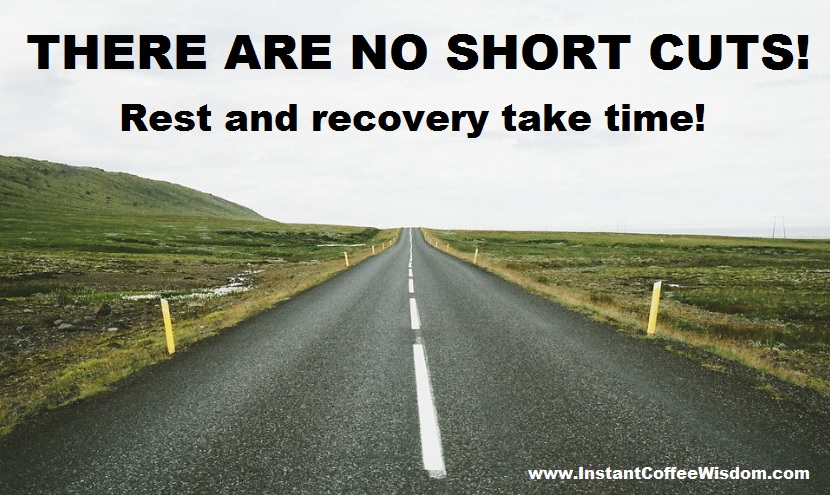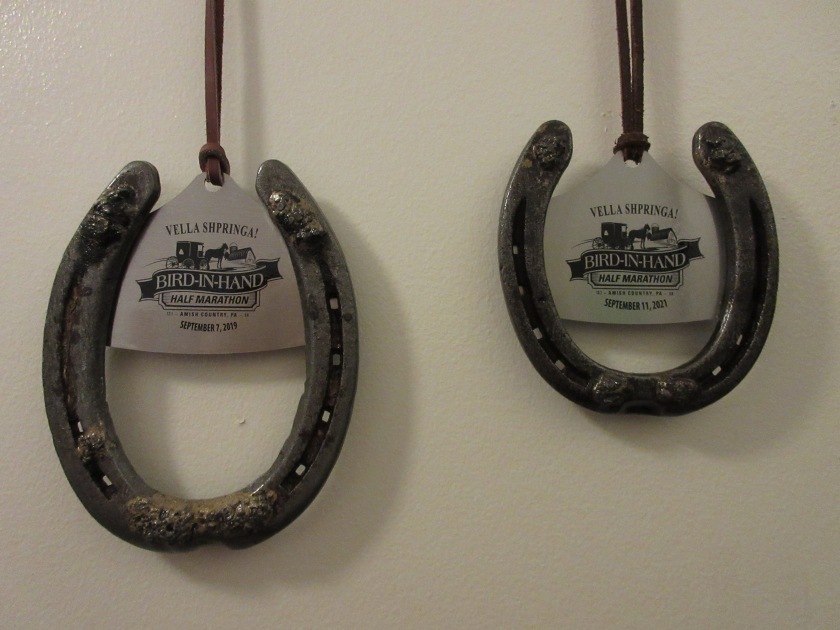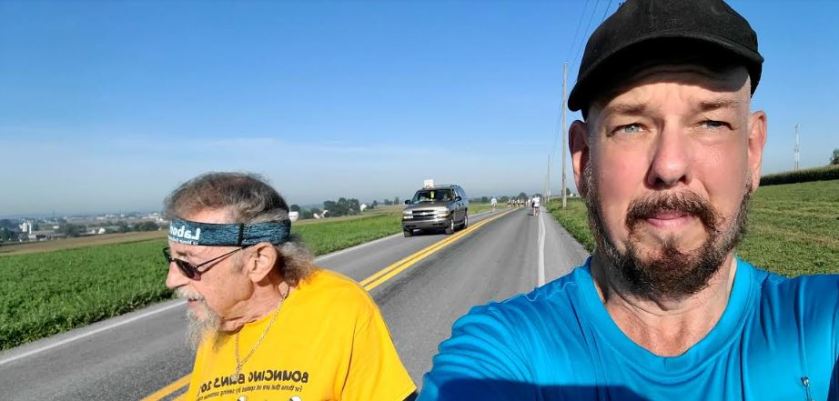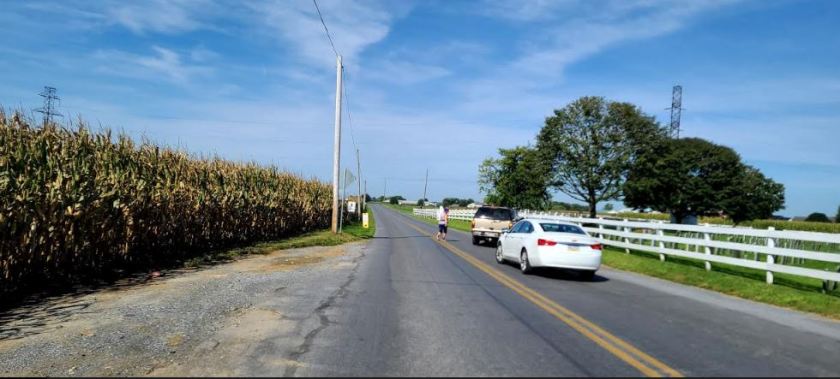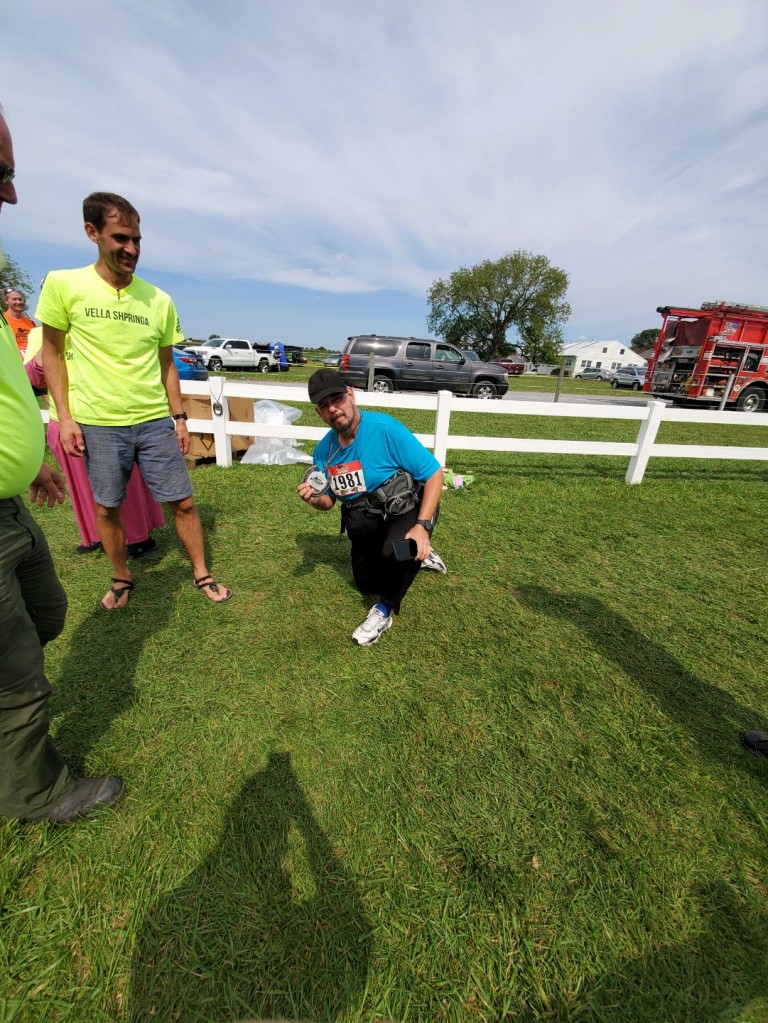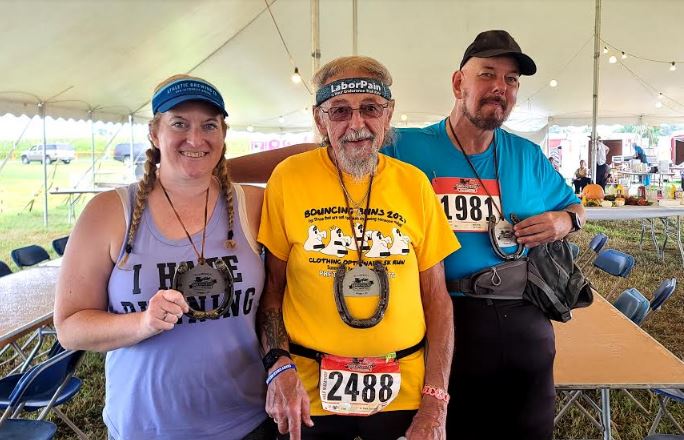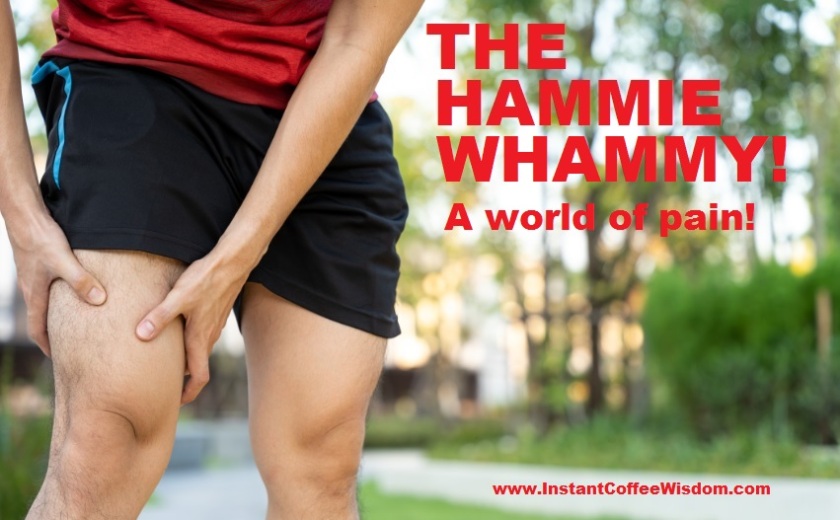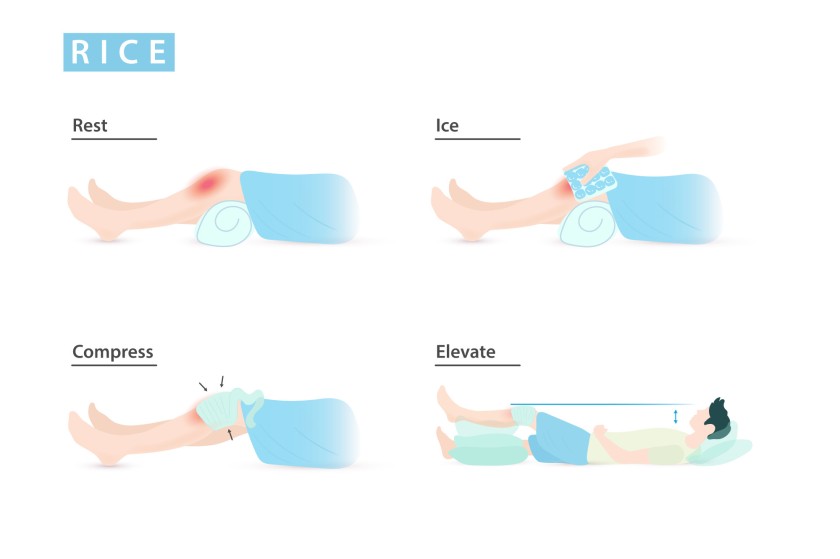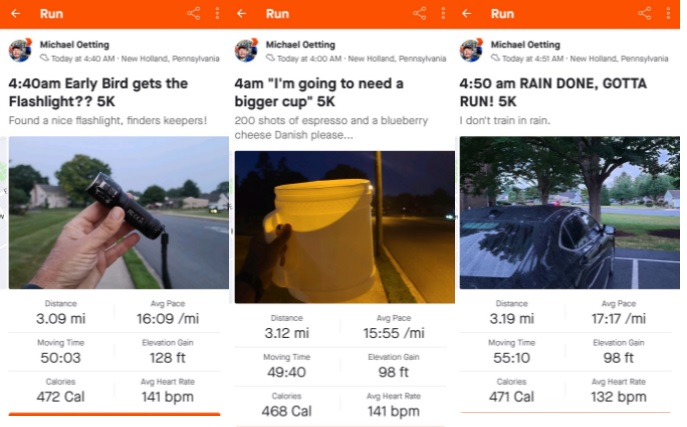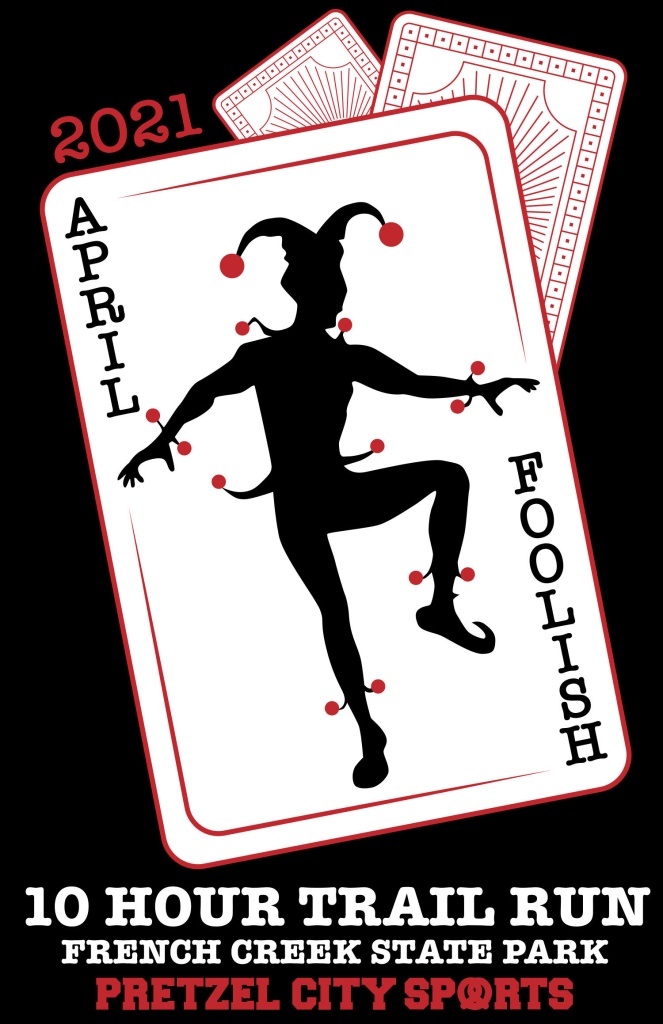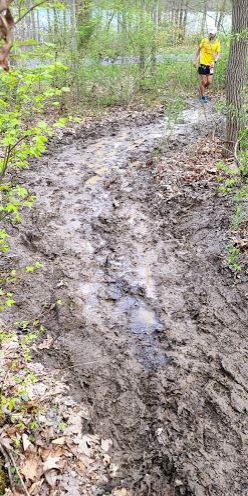The ‘other side’ of the race!

The social calendar of the average runner is usually booked solid with upcoming races during the prime weather seasons between Spring and Fall. Runners love their races! They get to see the familiar faces of friends and acquaintances, they get their swag, ‘free t-shirts’, ‘free candy’, ‘free dinks’, ‘free bananas’. All included in the low, price of the registration fee. Fun, friends, and free stuff! What a bargain! But here’s the thing, all that ‘free stuff’ wasn’t ‘free’, you paid for it as an incentive to sign up for the race. A runner runs, it’s what we do, but when it comes to races we expect certain things. A commemorative t-shirt is top of the list for some runners. For long races such as marathons and half-marathons, a finisher’s medal is a MUST! Post-race snacks and beverages, as well as water stations are non-negotiable!

No runner wants to pass out after burning off several hundred to a couple thousand calories because the race was too cheap to provide post-race refreshments. So yes, we paid for it, and we expect it, but have you ever considered the logistic nightmare that is involved with even getting a race off the ground? The life-blood of any business is a loyal customer base. The life-blood of any organization is a combination of a dedicated ,skilled staff and helpful volunteers. A race event is both a business and an organization and has to balance a very tight financial equation to remain profitable. Losses of customers (runners), staff, and volunteers can kill a race.
CONSIDER THE COSTS
You paid your entry fee for the race, but what EXACTLY does that fee cover?

First, there are the visible tangibles like the T-shirts, race bibs, snacks, swag etc. You see these things and can physically hold them, but that is not the ONLY cost that your race entry fee has to cover.
Promotion and advertising-Any printed flyers advertising the race have a production cost. They have to be paid for. Online advertising companies also have associated fees. Web maintenance, site hosting, and domain name costs for the event, (or the group hosting the event if the websites are different) need to be paid for.
Graphic Design– The unique image to be printed for the event on the t-shirts and any promotional material or swag has to be paid for.

T-shirts or swag– These need to be ordered and paid for in advance of the event. There may be a small amount of extra ‘first come, first serve’ for the last minute day of race sign up, but extra costs extra so these tend to be in short supply as to keep costs down.
Licenses, permits, insurance and rental fees– There’s a lot of paperwork involved with organizing a race, and all of these things need to be paid for before the race can begin. You have to have a place to hold the race, and all the necessary legal paperwork to cover the event and any post race award ceremony.
Timing services– A timing company such as Pretzel City Sports has to be hired to time and record the race results.

Marking the course- Prior to the race, someone has to physically run or walk the entire length of the course marking any turns, and placing course indicators. This can be done with:
spray chalk or flour arrows,

colored ribbon,

and even metal signs chained to trees.

If the course crosses onto an open road, someone also needs to be positioned to halt traffic so that the runners may safely cross .

At the end of the race, again someone has to go remove said markings, The marking materials have to be purchased and the person marking the course should be paid.

Awards– Shiny trophies, medals, or prize money has to be purchased or set aside.

Drinks and snacks– Non-perishables such as candy, water, granola bars may be purchased weeks ahead, but the bananas, bagels, soft pretzels, or any perishable foods must be ordered and picked up shortly before the event, and must be paid for in advance. Plus someone has to do the shopping and pick-up the items, and this person might be either paid staff or a volunteer worker.
Health and safety– On site paramedics , traffic control officers, first aid stations need to be paid for.
Portable Toilets– The bigger the event, the more porta-potties are needed. These have to be reserved in advance and delivered to the site of the race prior to the event, as well as removed shortly thereafter.
Charities– A portion of the profits of the race may be ear-marked for certain charities.
Volunteer staff– Just because they offer to help doesn’t mean there is no form of compensation for their valuable time or hard work. Some perks of being a volunteer often includes snacks or meals, leftover swag, and discounts or free admission to future events.
Reputation– Reputation is PRICELESS! It takes years to build and seconds to destroy. Organizations have been banned from using public parks or trails because the attendees trashed the place. In 2020 a local marathon/half-marathon (which shall not be named) lost the privilege to have races on a popular trail near Valley Forge because park officials were unhappy with the state of the post-race clean up, or lack there-of. It doesn’t matter who was at fault. That race has not returned again this year, and may never be back.
The bottom line is this: Races are expensive and complicated events to put on. For the runner, race day begins at sign in and ends after the awards and post-race snacks. For the people directly involved in the logistics of the race, the work has already been going on for weeks. It is both a nightmare of logistics and a labor of love. Pre-race set-up took place hours before the race. Post-race clean-up may take hours after the race. The runners can go home as soon as they finish, but the staff will be there long after the last runner crosses the finish line.

Finding out if the event made money or lost money won’t be known for days after the race. So if you have a favorite local race, sign up for it early. Tell your friends about it and spread the word. Thank the race director, thank the staff and thank the volunteers. Don’t litter, and leave the area in the same state you left it in, or better. You paid for that race, but ensuring it’s future is also up to you!
You can find me at these upcoming local races:
April 2022
April 21st Third Thirsty Thursday 5K Race Series (#1 of 7) @7pm Reading PA
May 2022
May 15th Chobot Challenge 15K Trail Run @9am Rustic Park Birdsboro PA
May 19th Third Thirsty Thursday 5K Race Series (#2 of 7) @7pm Reading PA
Be sure to check back on April 24th, 2022 for another article.
As always, I wish you success and happiness!















